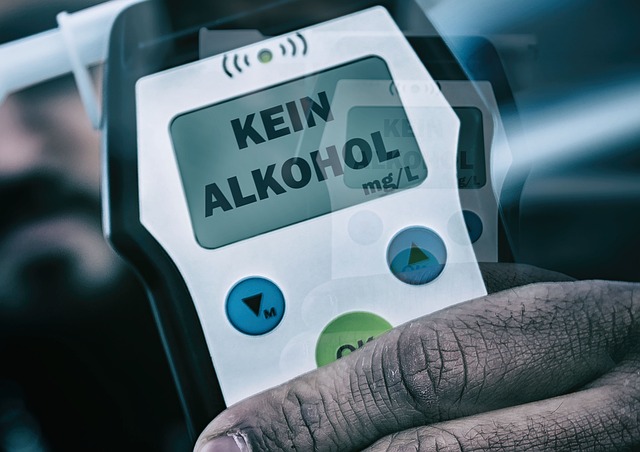High-risk teenage drivers, often with a history of reckless behavior like impulsive driving or gang involvement, face unique challenges breaking free from crime cycles. These issues stem from factors like past convictions, unstable backgrounds, and lack of education. Teen Driver Rehabilitation (TDR) programs address this by offering specialized training in safe driving, plus counseling for behavioral issues, impulsivity, and emotional regulation. This holistic approach, combining evidence-based strategies with personalized support, not only enhances road safety but also equips young adults with improved decision-making skills, aiming to disrupt the cycle of reoffending. Community involvement is key to TDR's success, providing continuous guidance and accountability.
In the complex landscape of criminal justice, understanding high-risk reoffenders is paramount to breaking the cycle of recidivism. This article explores critical factors contributing to repeat offenses among at-risk individuals, with a specific focus on teen driver rehabilitation. We delve into effective strategies and support systems that can guide young offenders toward positive change. By implementing tailored interventions, communities can empower teens to make better choices behind the wheel and beyond, fostering a safer and more promising future.
- Understanding High-Risk Reoffenders: Factors and Challenges
- Teen Driver Rehabilitation: Strategies for Positive Change
- Breaking the Cycle: Effective Interventions and Support Systems
Understanding High-Risk Reoffenders: Factors and Challenges

High-risk reoffenders, often characterized by a history of recidivism, pose unique challenges in breaking the cycle of crime. This group includes individuals with complex backgrounds, such as adolescents with a history of reckless driving or young adults who have been involved in gang activities. Several factors contribute to their high-risk status: previous convictions, lack of stable employment, limited access to quality education, and inadequate support systems.
One specific area that demands attention is teen driver rehabilitation. Teenagers with a history of risky driving behavior require specialized programs that address not only safe driving practices but also underlying issues like impulsivity, peer pressure resistance, and emotional regulation. By focusing on these factors through personalized rehabilitation, there’s a greater chance of breaking the cycle and preventing future offenses.
Teen Driver Rehabilitation: Strategies for Positive Change

Teen Driver Rehabilitation plays a pivotal role in breaking the cycle of reoffending among high-risk individuals. This intensive program focuses on addressing specific challenges faced by teenage drivers who have previously been involved in criminal activities. By employing evidence-based strategies, it aims to foster positive behavioral changes and equip these young adults with essential skills for safe and responsible driving.
The rehabilitation process often includes comprehensive training on traffic rules, defensive driving techniques, and risk assessment. Additionally, counseling sessions help participants explore underlying factors contributing to their past behaviors, promoting personal growth and improved decision-making abilities. Teen Driver Rehabilitation not only enhances road safety but also empowers individuals to build a more secure future, reducing the likelihood of reoffending.
Breaking the Cycle: Effective Interventions and Support Systems

Breaking the cycle of reoffending among high-risk individuals, particularly teen drivers, requires a multifaceted approach. Effective interventions should focus on addressing the root causes behind criminal behavior and providing targeted support systems. Teen Driver Rehabilitation programs that incorporate both therapeutic and practical components have shown promise in disrupting this cycle.
These programs often include individual counseling, group therapy sessions, and skill-building workshops to equip teens with coping mechanisms, decision-making abilities, and responsible behavior. Additionally, community-based support networks, involving families, schools, and local organizations, play a crucial role in offering ongoing guidance and accountability. By combining personalized interventions with robust support systems, there’s a greater chance of helping high-risk teen drivers turn their lives around and avoid reoffending.
Breaking the cycle of reoffending among high-risk individuals, especially teen drivers, requires a multifaceted approach. By implementing evidence-based strategies within rehabilitation programs, such as comprehensive education, mentorship, and community support, we can empower these young people to make positive choices. Teen driver rehabilitation plays a pivotal role in fostering resilience, encouraging personal growth, and ultimately reducing recidivism rates. Through dedicated interventions and strong support systems, it is possible to guide at-risk teens towards a brighter future, ensuring safer roads for everyone.






